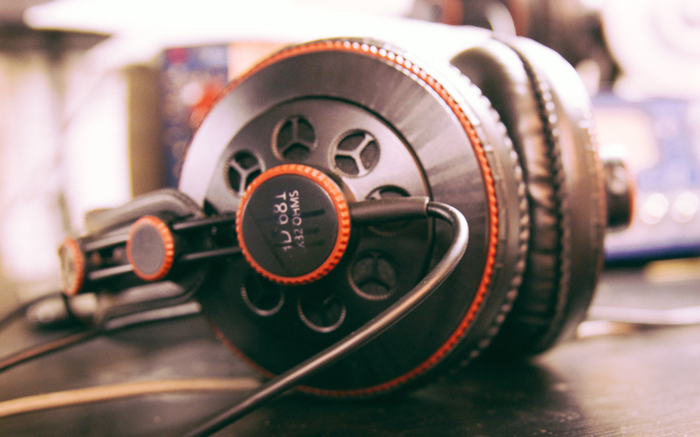
Now, insert a multiband compressor (I use the one included with FL Studio, but there are several good free ones as well as some outstanding commercial ones, such as Sonitus:fx Multiband) on the kick+sub bus. Highpass the highpass bus at the limit we determined above. Route the kick and the sub to a kick+sub bus, everything else (including a second bass, if you have one) to a highpass bus. This will make your mix sound way too bass-heavy, but bare with me. You want your sub to just blare away in that range and go ahead and low-shelf your kick up at that range too. So if the highest note plays at about 140, put it at 150, etc. Where the highest note plays is approximately where you want to put your upper limit, maybe a little higher. You want to use a sine wave for testing because the fundamental is the important part - the rest can be EQed to submission. Try playing your sub pattern with a pure sine wave and watch your frequency spectrum (theres free tools to do this, Fre(a)koscope, Inspector, VoxengoSPAN, etc.). The range you use depends on what the sub plays. It works pretty much like above, with the higher bass not in the kick+sub range and free to play whatever without worrying about mud.įor the above two cases, and anything thats similar, you'll want to give the kick some power in the sub range (because you can) - this depends on the sample you're using, but I like to use an upper limit of 100 to 150.

The next simplest case (the one I did for the clip I posted in the cafe) is to have a kick, an offbeat sub bass that you don't conciously hear unless you listen to it, and a higher bass. You can have both occupy the same frequency range and just ensure that other instruments don't interfere. The simplest case is when you have a bass that plays when the kick doesn't (an offbeat bass, most likely). The reason is that how you treat your kick in the lower range depends alot on the bass - the sound, how deep, how many, and the actual pattern its playing.

Once you've got a few patterns down, or even your whole arrangement, THEN it is time to worry about the kick sound. When you're just playing with a few patterns, don't worry too much about the kick, just take some sample that you can hear and get your basic patterns down first. Theres some parts of it that i cant think how to apply to ableton (multiband compression) but im guessing this can be set up with EQ 4 to single out a certain range of frequencies?Įven if you cant walk me thorugh a a basic understanding of whats going on would really help me ! I found this neat sounding trick on KVRs forum, howvere im a bit clueless when it comes to frequencies and compressions etc - so i was wondering if someowne could spell it out for me in terms of setting it up in ableton?!


 0 kommentar(er)
0 kommentar(er)
